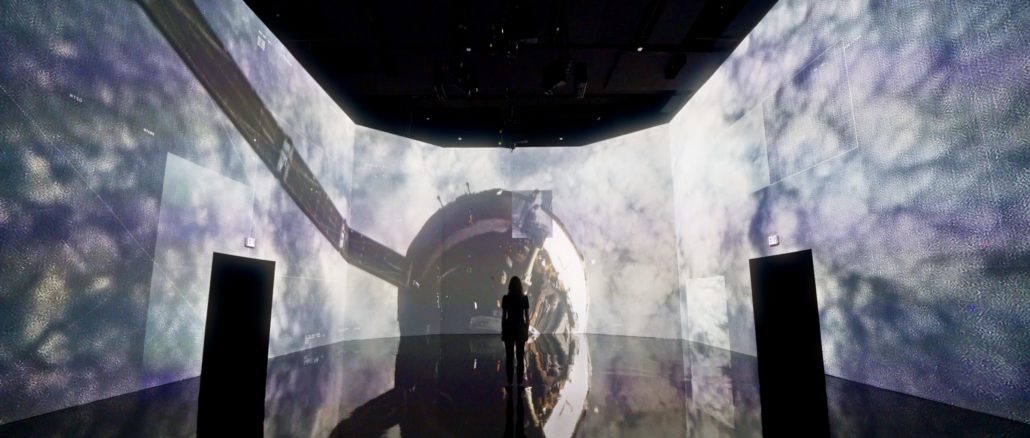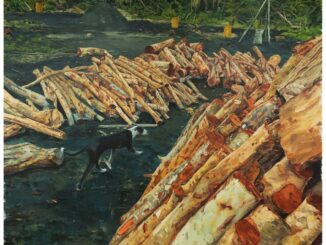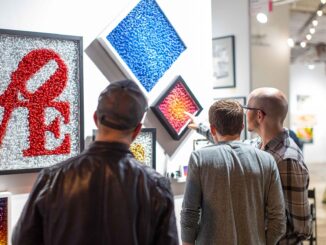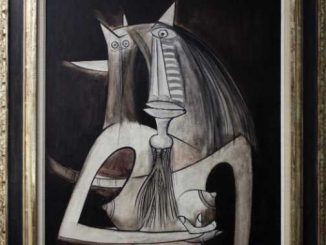
Our lives are framed by a sense of finitude: the sense that everything that we perceive will cease to exist one day. But if finitude is the only absolute truth in life, how can we imagine structures and patterns that repeat themselves into an imperceivable horizon? How do we frame imagined realities that represent something beyond our perception of life and of linear time?
Infinite Space, the first major retrospective of the work of award-winning, Los-Angeles-based, Turkish-born artist Refik Anadol, invites visitors to open their senses to the endless transformation and infinite possibilities at the intersection of man and machine.
One of the greatest eighteenth-century English artists William Blake famously said, “if the doors of perception were cleansed, everything would appear to man as it is – infinite.” Infinite Space is a collection of works that revisits Blake’s statement and seeks to cleanse the doors of perception with the tools available to twenty-first-century artists. The exhibition explores memories and dreams through the mind of a machine by using data sets ranging from human memories, photographs of Mars, cultural archives and sea surface activity as data sculptures and digital paintings.
This exhibition features Anadol’s worldwide traveling immersive installation titled “Infinity Room” seen by more than a million people around the world in museums and galleries, including a half-million during a tour in China alone last year, three infinity boxes and a selection of multimedia works spanning his celebrated career.
Refik Anadol (b.1985, Istanbul, Turkey) is a media artist, director, and pioneer in the aesthetics of machine intelligence. His body of work positions creativity at the intersection of humans and machines. In taking the data that flows around us as his primary material and the neural network of a computerized mind as his collaborator, Anadol paints with a thinking brush, offering us radical visualizations of our digitized memories and expanding the possibilities of architecture, narrative, and the body in motion.







Be the first to comment